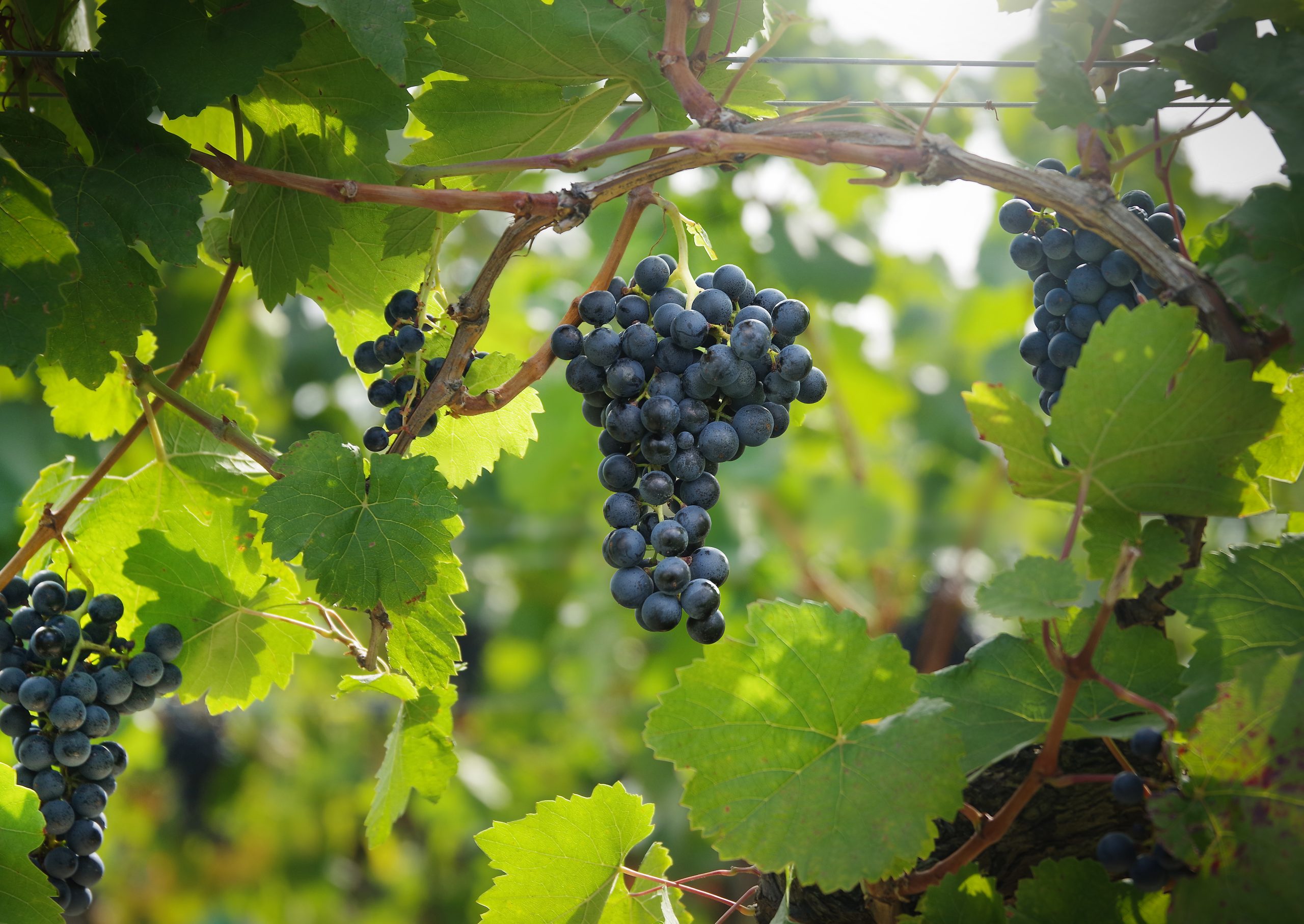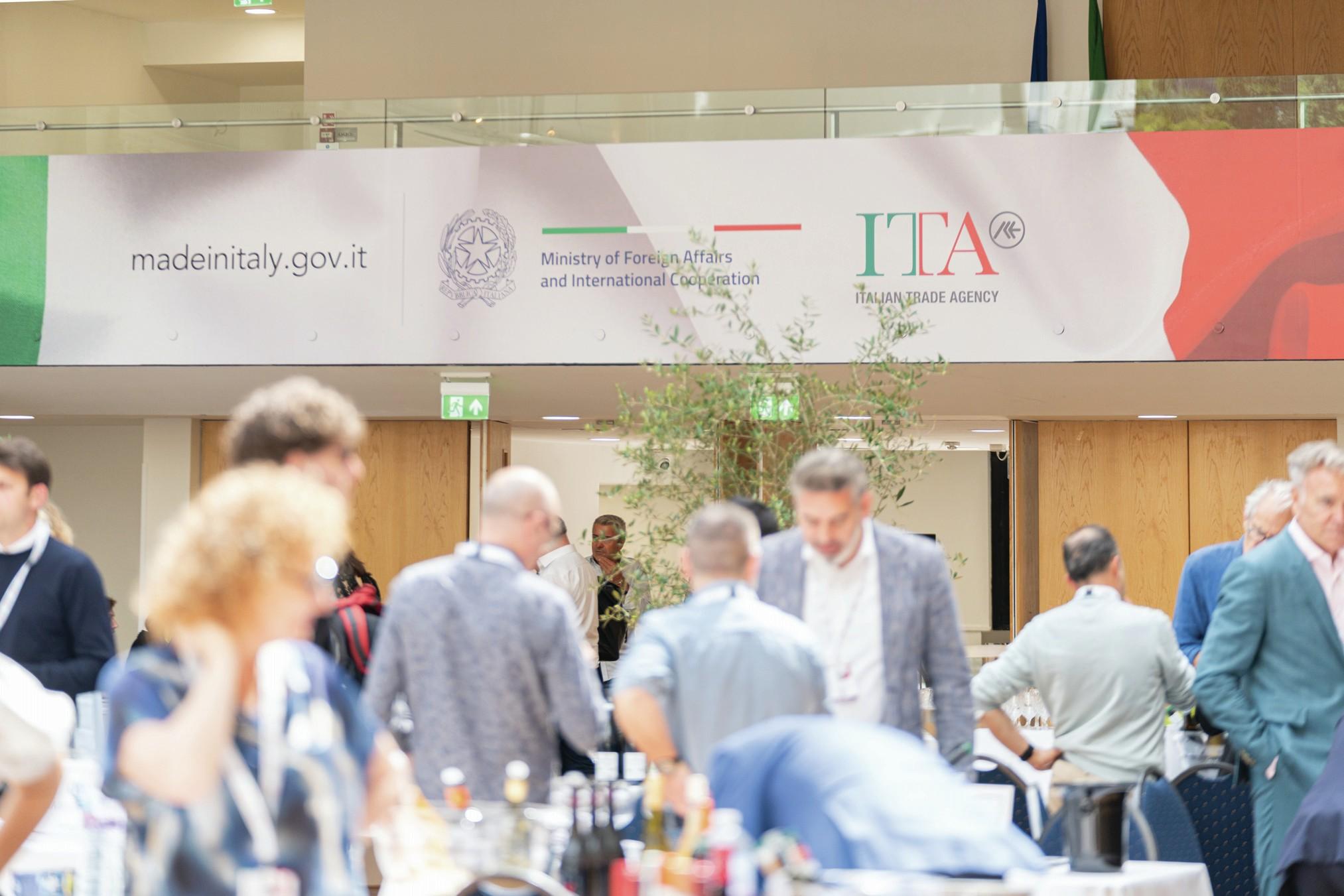Australian wine trade experiences handbrake turn in its fortunes
Australia’s wine industry is going through its most troubled times in a generation. The once booming business saw the value of wine exports slide by 10% in the year to June 2023, hitting the lowest level since 2014.

Hit by China’s punitive tariffs, it has lost its biggest export market. Climate change is affecting traditional growing areas and yields, and consumer preference is moving towards better quality wines at the expense of commercial or commodity volume brands.
Combined, these factors have triggered a bout of corporate soul-searching in which all the major players are re-examining their business models following a handbrake turn in their fortunes.
Australia’s wine industry had grown substantially, reaching an annual production of approximately 1.3 billion litres in 2022, with more than 2,000 wineries employing 164,000 people and contributing AU$40 billion (£21 billion) annually to the economy, according to Wine Australia.
However, the value of wine exports plummeted by 10% to AU$1.86 billion in the year to June 2023, the lowest level since 2014.
Much of that was due to the overnight collapse of the China market, which accounted for AU$1.2 billion in industry value—more than double that of the UK or the US, the next largest export markets. Last year the value of the China market for Australian wine was a mere AU$8 million.
Growing hopes that China’s tariff wall might be lowered have been hit by the Canberra government’s decision to treat wine as a separate issue in discussions with Beijing and continue with its case at the World Trade Organisation.
Even if wine trade with China resumed in full today, Australian producers would face a much-changed market, which is why Tim Ford, the CEO of Treasury Wine Estates, Australia’s biggest group, says that although China will eventually be re-established as a major market, the process will take time.
For a start, all the big growing regions have moved to fill the void and the Chinese have developed a taste for Chilean, Argentinian and South African wines.
Not only that, but the Chinese consumer is drinking less wine full-stop. Consumption there dropped by 16% to 880 million litres in 2022 and moved away from Shiraz and Cabernet Sauvignon, the grape varieties which spearheaded Australian exports to China.
A report by Rabobank in mid-August warned that even if the China wine tariffs were removed overnight and exports resumed, it would still take Australia’s wine industry at least two years to work through its current surplus, which amounts to the equivalent of 2.8 billion bottles of wine.
Commercial Vs Premium
In the domestic Australian market, wine consumption has fallen as demand has shifted to premium wines, sales of which have risen by 17% in the past five years. Against that, the commercial wine segment fell by 13%.
In a recent interview Mitchell Taylor, chief executive of Taylors Wines in the Clare Valley, said the Australian wine industry had divided into two distinct parts. The commercial wine segment – where bottles sell for less than AU$15 (£7.75) – was under pressure, but sales for more premium products remained strong.
Sales of his wines of more than AU$20 per bottle were growing by between 15% and 20% annually, Taylor said.
That switch towards more upmarket wines reflects a global phenomenon. For instance, oversupply in the commercial segment in France has seen the introduction of a scheme to convert about 300 million litres of wine into pure alcohol. The American consumer is also moving up to better bottles.
Wine Australia says the 2023 harvest was 1.32 million tonnes, 26% below the 10-year average and the lowest recorded since 2000.
It commented: “This smaller vintage, which will reduce the wine available for sale by around 325 million litres, is likely to have a considerable impact on the bottom line of grape and wine businesses all around Australia, at a time when the costs of inputs, energy, labour and transport have increased significantly.”
Partner Content
Inventory pressures resulted in some yield caps being imposed, uncontracted grapes not being sold and/or vineyards being temporarily taken out of production.
There are also wrangles over the price of grapes.
According to the Guardian, the CCW collective of more than 600 growers in South Australia’s Riverland region alleged last month that it was considering legal action because it had not received a final price on the 2023 Shiraz and Cabernet Sauvignon crops supplied to Berri Estates, one of its biggest buyers.
The tumult is further reflected in the big operating wine groups selling off their assets.
Accolade, which owns Hardys, Petaluma and Grant Burge, last month sold Tasmanian sparkling wine brand House of Arras to lower its debt and there are rumours that Carlyle (which owns Accolade) would like to sell its entire wine investment.
Treasury Wine Estates has already undertaken major restructuring of its portfolio, but the company behind the Penfolds label intends to cut back further.
Next year, it will close its large Karadoc winery near Mildura, which mainly makes commodity wines under the Lindeman’s, Yellowglen and Wolf Blass labels.
Australian Vintage which owns the McGuigan, Tempus Two and Nepenthe brands is also undertaking a strategic review of its operations.
There are also reports that French giant Pernod Ricard could put “For Sale” signs up over its Australian and New Zealand wine empire, which includes the Jacob’s Creek and Brancott Estate marques.
In response to reports that Morgan Stanley and JP Morgan are seeking buyers, Pernod Ricard said that it “regularly assesses and evaluates its strategic opportunities and is continuously exploring options, including divestments or the streamlining of some or part of individual business units.
“This is a usual process in line with management’s mission of delivering value to shareholders, employees. clients and stakeholders.”
It stressed that “no decision has been taken regarding any particular action.”
Although brands such as Jacob’s Creek form an important part of Pernod Ricard’s overall range, especially in the UK market, wine is one of the least profitable parts of its portfolio as it continues to premiumise.
Chairman and CEO Alexandre Ricard says he wants to be judged on the basis of total shareholder returns.
Commentators have pointed out that when Pernod Ricard dismembered Allied Lyons in 2005 in concert with Diageo, the British group was expected to take the Antipodean wine interests, but they fell to Pernod Ricard.
Diageo’s then CEO Paul Walsh refused the wine businesses, saying that the returns it generated were insufficient for him and that the scope to premiumise was limited.
Related news
Strong peak trading to boost Naked Wines' year profitability




